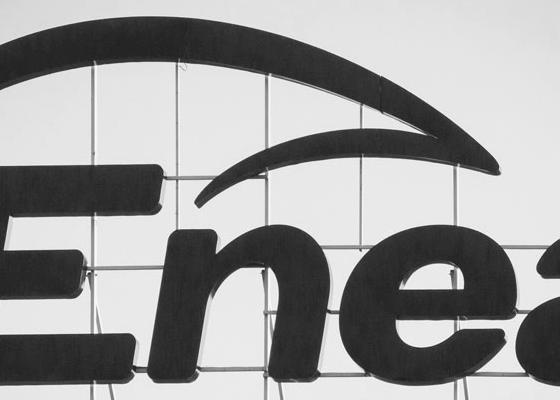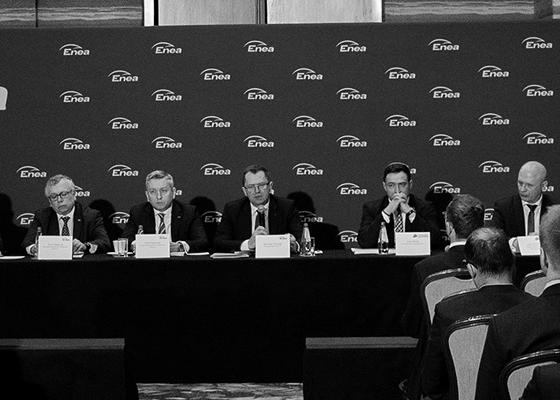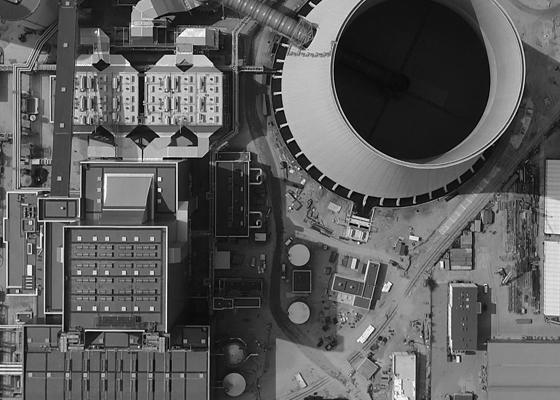Land reclamation
- in 2018, reclamation works were commenced in the areas affected by mining damage in Nadrybie Wieś. The works consist in making a fish pond and elevating the area using mining waste, covering it with earth masses and afforestation. Completion date: Autumn 2019
- maintenance of organized greenery, a waste disposal facility and post-industrial areas in the area of Pole Bogdanka, Nadrybie and Stefanów reclaimed in previous years, as well as railway facilities in Zawadowo is carried out on an ongoing basis
Surface protection
- the impact of mining operation conducted in 2018 on the surface was manifested, just as in the previous years, mainly through the expansion of the surface area of the impact exerted so far
- the maximum subsidence in the Puchaczów V mining area remains in the area of Bogdanka and Nadrybie Wieś villages and amounts to ca. 5.0 m in the central part of the subsidence trough in this region
- just as it the previous years, the damage to buildings in 2018 was caused mainly in rural buildings, whereby the reported damage to buildings did not cause any hazard to users and was repaired on an ongoing basis
- in 2018, the aggregate cost of redressing the damage caused by mining operation amounted to approx. PLN 5.37 m
Sanctions and fees which may be imposed on the Company for environmental protection purposes
- mining activity involves the payment of operation fee, the fee for using the natural environment, and various other costs related to:
- mining waste management
- reclamation of industrial waste land
- environmental monitoring
- preparing the land surveys and documentation necessary for the proper operation of the facility
- the operation fees are paid every 6 months to the bank accounts of the municipalities where the operation is carried out (60%) and to the National Environmental Protection and Water Management Fund (NFOŚiGW) (40%)
- LW Bogdanka S.A. meets the standards in the field of environmental protection and was not required to pay any penalties for violating the conditions of using the environment set out in applicable legal regulations in 2018
Air protection
- LW Bogdanka S.A. does not have any arranged emitter emitting dust and gases to the air
- a non-arranged emitter is the extraction waste neutralisation plant at Bogdanka which may be the source of dusting on dry and windy days
- Fugitive air emissions come from combustion of fuels in combustion engines used in the company and from combustion processes
Water and waste water management
Refers mainly to mine water, including:
- rock mass drainage in the area of mine workings
- re-use of water for fire protection and process purposes
- pumping water to the Surface
- mine water retention in a surface reservoir and sedimentation tank for the purpose of suspended solids reduction
- water discharge from the reservoir through a system of drainage ditches and Rów Żelazny watercourse to Świnka river in the amount of approx. 14,957 m3/24 hours
- mine waters are characterised by the total contents of chlorides and sulphates in the amount of 990 mg/dm3
- surface re-use of mine water (Zakład Przeróbki Mechanicznej Węgla, Łęczyńska Energetyka Sp. z o.o. – under Water Treatment Station)
Waste management
- in 2018, the total increase in mining waste was 6,646.2 thousand tonnes
- approx. 47% of waste was subject to recycling and management. The amount of recycled waste, i.e., waste used for industrial waste land reclamation, road and yard hardening, cement production at “Ożarów” Cement Production Plant, and for other purposes, was 3,093.1 thousand tonnes
- 97% of waste is used to perform reclamation of industrial waste land. Reclamation consists in restoring the original relief of such land through filling sand pits with mining waste, covering them with a layer of soil and its agricultural or forest development
- other extraction waste (3,553.0 thousand tonnes) is stored in the extraction waste neutralisation facility in Bogdanka
- LW Bogdanka S.A. manages other industrial waste: it releases to the licenced entities any waste which is capable of reuse (timber, used oils, scrap metal, scrap conveyor belts) or intended for neutralisation (used light sources, glue and paint packaging, etc.)




